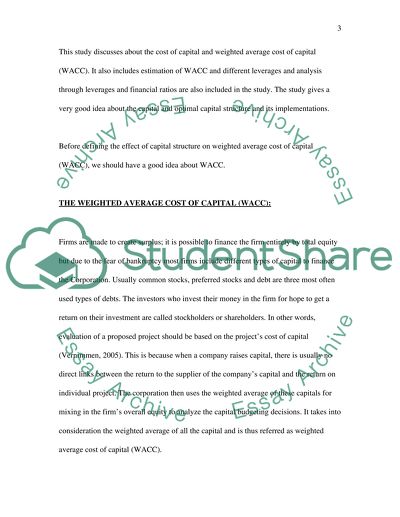Cite this document
(Effect of Capital Structure on the Weighted Average Cost of Capital Coursework, n.d.)
Effect of Capital Structure on the Weighted Average Cost of Capital Coursework. Retrieved from https://studentshare.org/finance-accounting/1515204-financial-managment-worksheet-3
Effect of Capital Structure on the Weighted Average Cost of Capital Coursework. Retrieved from https://studentshare.org/finance-accounting/1515204-financial-managment-worksheet-3
(Effect of Capital Structure on the Weighted Average Cost of Capital Coursework)
Effect of Capital Structure on the Weighted Average Cost of Capital Coursework. https://studentshare.org/finance-accounting/1515204-financial-managment-worksheet-3.
Effect of Capital Structure on the Weighted Average Cost of Capital Coursework. https://studentshare.org/finance-accounting/1515204-financial-managment-worksheet-3.
“Effect of Capital Structure on the Weighted Average Cost of Capital Coursework”, n.d. https://studentshare.org/finance-accounting/1515204-financial-managment-worksheet-3.


